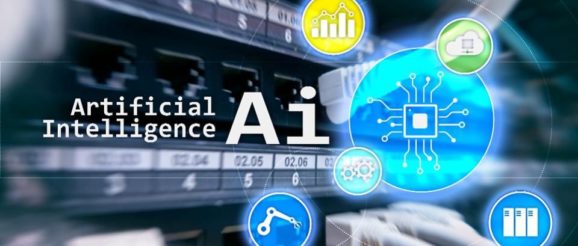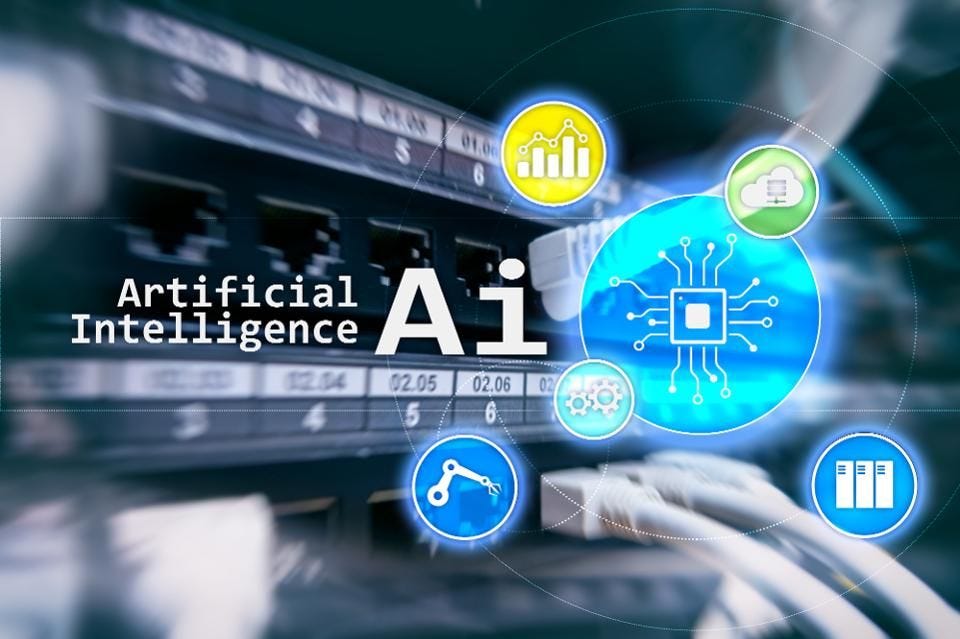Leading AI Trends to Push Innovation in 2020 and Years Beyond


Artificial intelligence or AI has already across digital platforms and applications across niches. As the present trends indicate, AI is going to have a bigger raging presence in the years to come. The multifaceted benefits of AI helped transform the digital footprint of many industries. Thanks to AI-powered automation, enterprises now can achieve more precise results with less manpower. AI is helping marketers and support professionals to address customers with more personalized and audience-specific content.
As AI is going to be invincible in the scheme of things for future developers and enterprises, it is important to have a look at the biggest AI trends that are going to shape mobile app development features and practices in 2020 and years beyond.
Bigger AI Role Across App Niches
In the coming months, AI us going to be more rigorously present across mobile apps of all niches. AI is already used as the best-fit technology for specific categories of apps. Whether you are a React Native development company or you have expertise in other technologies, AI expertise will be crucial for future app projects.
1. How to train a neural network to code by itself ?
2. Paper repro: “Learning to Learn by Gradient Descent by Gradient Descent”
3. Reinforcement Learning for Autonomous Vehicle Route Optimisation
4. Artificial Intelligence Conference
Let us have a quick look at the most common niches that will get the biggest share of app niches in the future.
AI for the Internet of Things (IoT) apps: As AI is capable of processing large quantities of data originated from an end number of devices in real-time; it becomes the suitable technology to boost faster response time for IoT apps connecting a multitude of smart devices.
AR and VR apps based on AI: The immersive technologies such as Augmented Reality (AR) and Virtual Reality (VR) find their nearest alley in AI simply because of the capability of the latter in creating simulated environments by efficiently mapping data on any environment.
AI for Social Media apps: Since social media platforms have emerged as the new search engines, attaining optimum discoverability for the content, posts, and ads became a challenge for the marketers. AI, with its robust data mapping capability, can ensure finding the right match between the type of content and its ideal users.
AI for healthcare IoT apps: Connected healthcare gadgets starting from the simple fitness bands to the connected electronic medical record systems to various diagnostic and monitoring tools are on the rise. AI capability can actually help these gadgets, and their connected mobile apps perform more efficiently by using sophisticated data mapping.
Apart from the ones mentioned above, AI will also play a major role in shaping the user experience of app niches such as mobile commerce, gaming, real estate, finance and banking, and others.
AI Will Require Less Data
As of now, AI used to depend heavily on the access to relevant data for that corresponding niche. Deep Learning, which is a subset of AI, can only work efficiently only when the system is trained with a massive volume of data. Apart from the volume of data providing the right kind of data is also crucial for the Deep Learning algorithm to work properly.
With the latest data synthesis methodologies, companies are already making the most relevant datasets available for further utilization. This, in the near future, will reduce the need to access large volumes of data for the AI-powered applications to work and deliver efficient results.
Enhanced Precision and Performance of Neural Networks
Neural networks are continuing to get better, and they are increasingly getting bigger in terms of size. Neural network architectures are also achieving more capabilities in respect of accessing deeper insights from data. This, as a whole, is improving the efficiency and precision of the neural networks.
As AI is penetrating more and more data fields, a lot of new concerns and problems are continuing to arise, and correspondingly, the AI capability of finding a solution is increasingly getting better. As a whole, the bigger coverage of data and data-driven insights made the neural networks of today more capable than ever before.
Shifting to Edge from Cloud
A shift from the cloud computing data model to Edge computing is already in the making, and we can perceive that from the increasing popularity of cloud-edge hybrid architectures used for machine learning algorithms. Machine Learning (ML), a key subset of AI technology, works by analyzing raw and relevant machine data. Now, processing highly relevant and reliable machine data in the cloud often involves a considerable cost. Because of this cost factor, many companies simply avoided the cloud processing of machine data and instead went for a smaller sample size of data. Obviously, this made them compromise with precision and accuracy in output.
Edge computing has evolved as a solution to this problem. According to a Forrester study, Edge computing will receive unprecedented growth in the current year. Simply by embracing Edge computing as a first priority for data processing organizations can synthesize and extract data-driven insights locally, at a lesser cost.
Conclusion
There is a huge promise for the AI in 2020 and the years beyond. From enterprise software solutions to the retail and e-commerce businesses to the digital footprints of all major business niches, AI will continue to penetrate across all app niches. With enhanced precision, capability, and coverage, AI will emerge as the dominant technology future IT solutions.Don’t forget to give us your 👏 !

Leading AI Trends to Push Innovation in 2020 and Years Beyond was originally published in Becoming Human: Artificial Intelligence Magazine on Medium, where people are continuing the conversation by highlighting and responding to this story.
